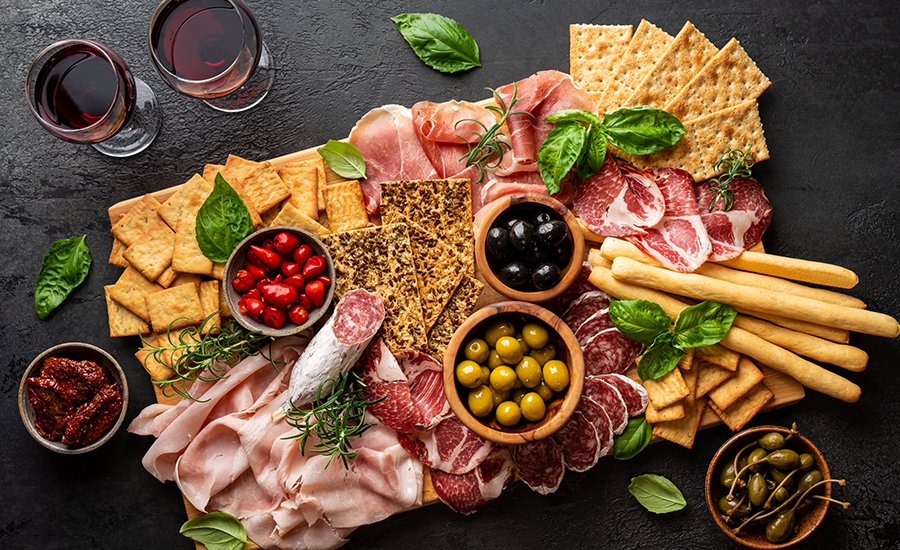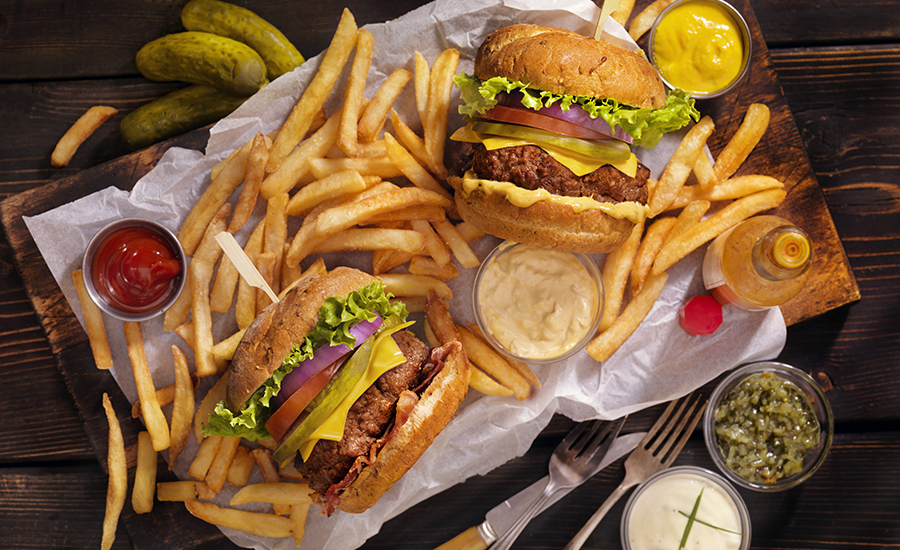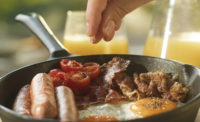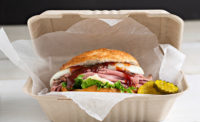The pandemic moved many meal occasions to the home, and retail inflation has kept many of them there.
Research from Technomic conducted in the first quarter of 2022 suggests that overall restaurant patronage frequency has dropped, with consumers from homes with annual incomes of $50,000 to $100,000 indicating a four percentage-point drop in how often they order from restaurants more than once a week. The decrease is greater for this middle-income group than it is for both higher-income and lower-income demographics, although all groups have seen the number of regular restaurant visits drop in during the first quarter of 2022. The broad-based demand softening points toward consumers limiting their overall restaurant dining occasions.
With people increasingly preparing more meals at home to save money, many are starting to suffer from cooking fatigue. Consumers are turning to lunchmeat not just as a convenient and affordable meal solution but also as a way to enjoy a restaurant-style eating experience at home.
“If you think about foodservice, there’s a wide number of chains that have that more upscale sandwich with the better bread and a variety of different toppings, and that’s really something people are trying to re-create at home,” said Anne-Marie Roerink, principle at 210 Analytics. “What we’re seeing is people are looking for something different, and that means they’re drawing a lot of inspiration from those restaurant meals they used to eat.”
That can mean using artisan bread and spicier condiments, such as wasabi mayonnaise or upscale mustard, she said.
Getting on board with charcuterie
If there’s an eating trend that consumers are showing no sign of becoming bored with, it’s boards.
“Charcuterie has been absolutely red hot over the last year or year and a half, ever since entertaining in the home has come back,” she said. ”You see some really, really great solutions that are already on nice-looking trays. All the consumer has to do is take off the lid.”
She said Aldi grocery stores have featured an entire endcap for all things charcuterie. Taking it a step further, Aldi engaged with food influencers and chefs to design certain boards, which shoppers could put together themselves from charcuterie items for sale on the endcaps.

Meat snacks for lunch
With the afternoon meal not infrequently being an on-the-go meal occasion, some consumers are turning to meat snacks as a grab-and-go protein option.
“We find that high users are even utilizing our beef jerky products for meal replacement options,” said Robert Leary, chief marketing officer for smoked snacks, beef jerky, and beef sticks marketer Old Trapper. “Our 18-ounce family size bag is targeted at our market's high users. It syncs right up with consumer trends regarding snacking and the need for on-the-go and high protein options.”

Burger time
You know the burger category is hot when Arby’s — a name synonymous with roast beef sandwiches — up and debuts its first-ever hamburger, the Wagyu Steakhouse Burger, featuring a 6.4-ounce patty blended from 52% American Wagyu and 48% ground beef.
Carl’s Jr. and Hardee’s have rolled out their “Jurassic World: Dominion” tie-in Primal Menu, which includes the Primal Angus Thickburger, while Carl’s Jr. is exclusively offering its plant-based Beyond Wraptor Burger and the Double Beyond Wraptor Burger.
American eats about five burgers per month, according to a recent survey, with 33% preferring a traditional burger but an adventurous 16% willing to try something new or innovative. Close to half (42%) say they prefer to order a burger as-is off the menu, and close to a quarter (23%) like to customize their burger.

.png?height=96&t=1647275041&width=96)



Report Abusive Comment